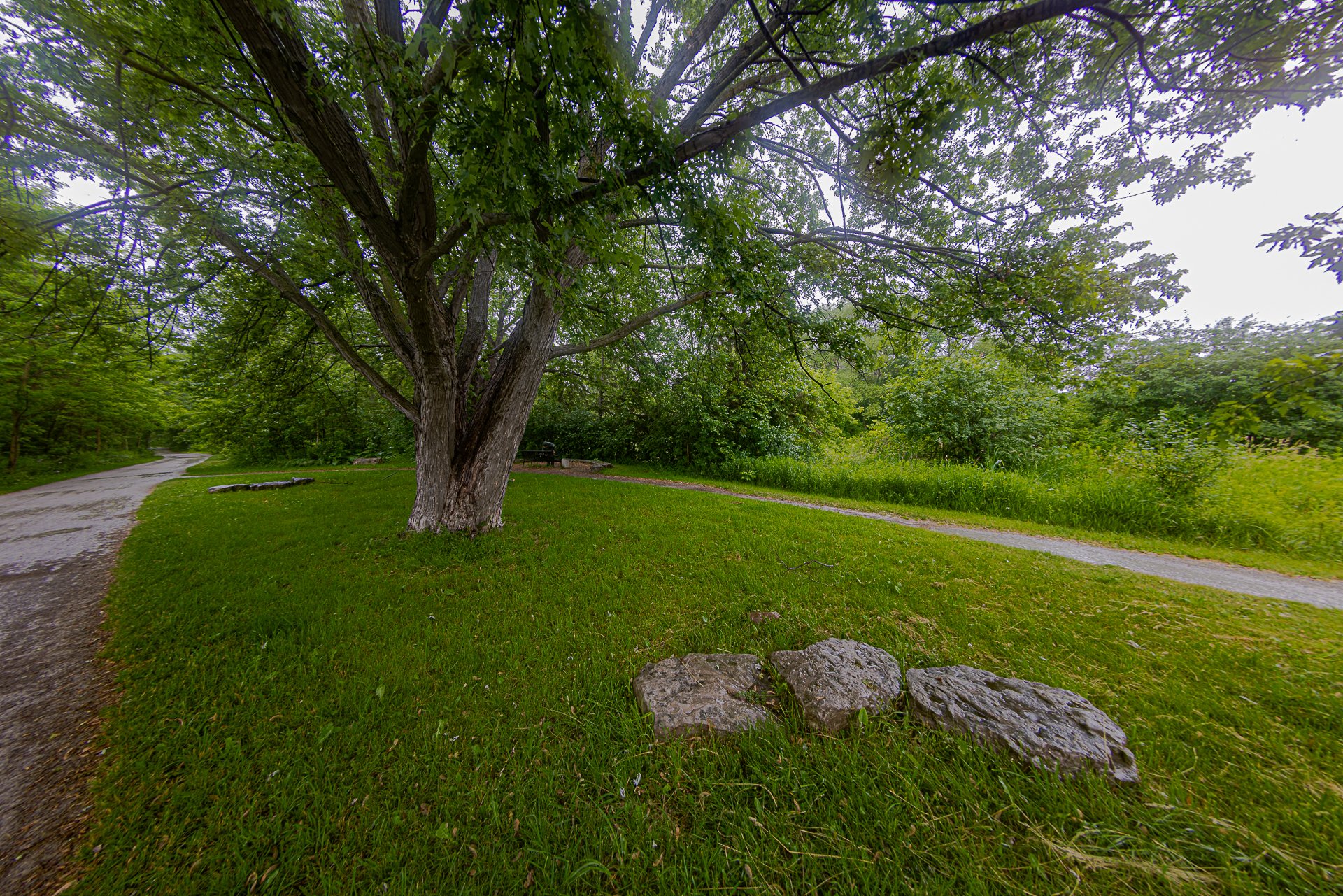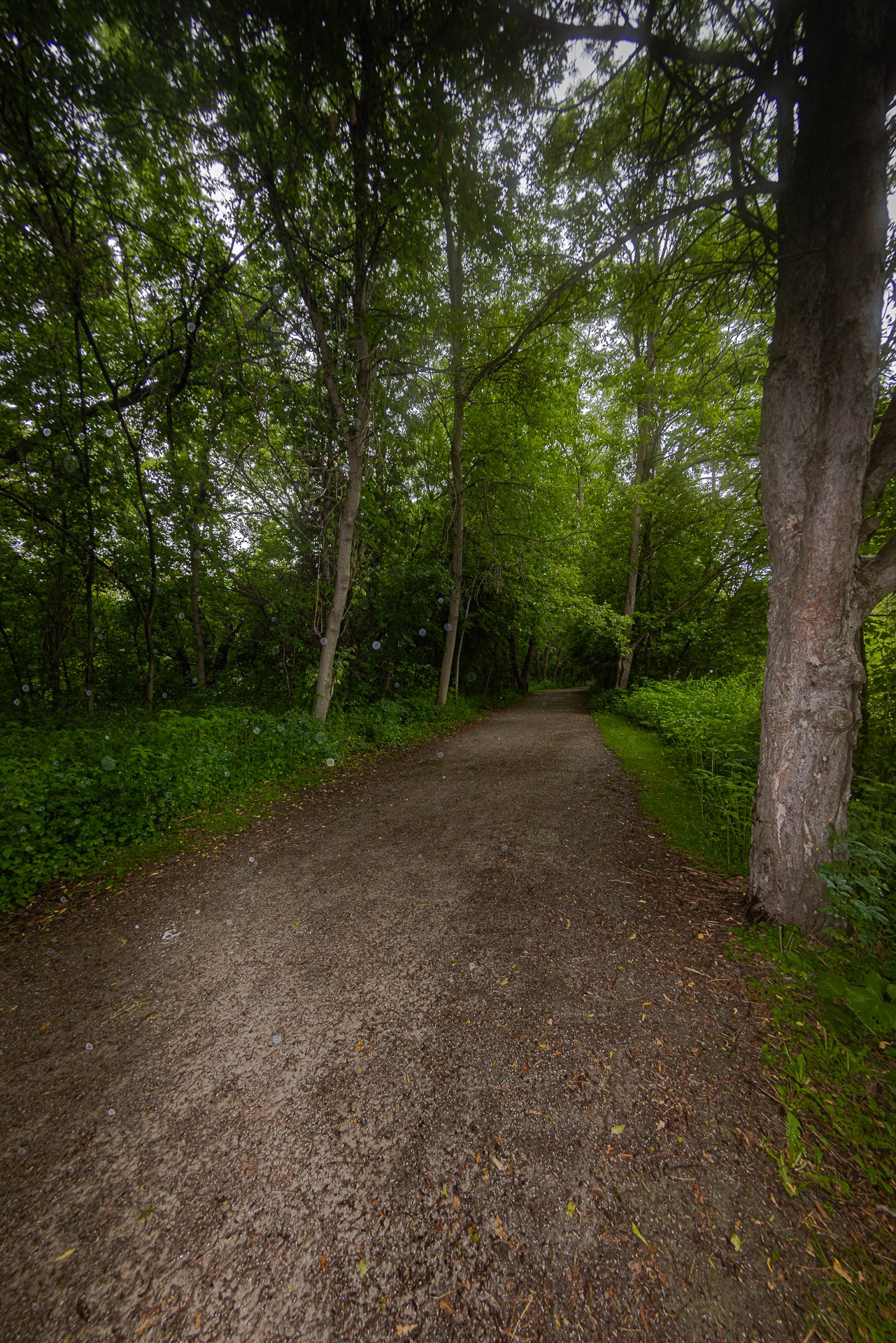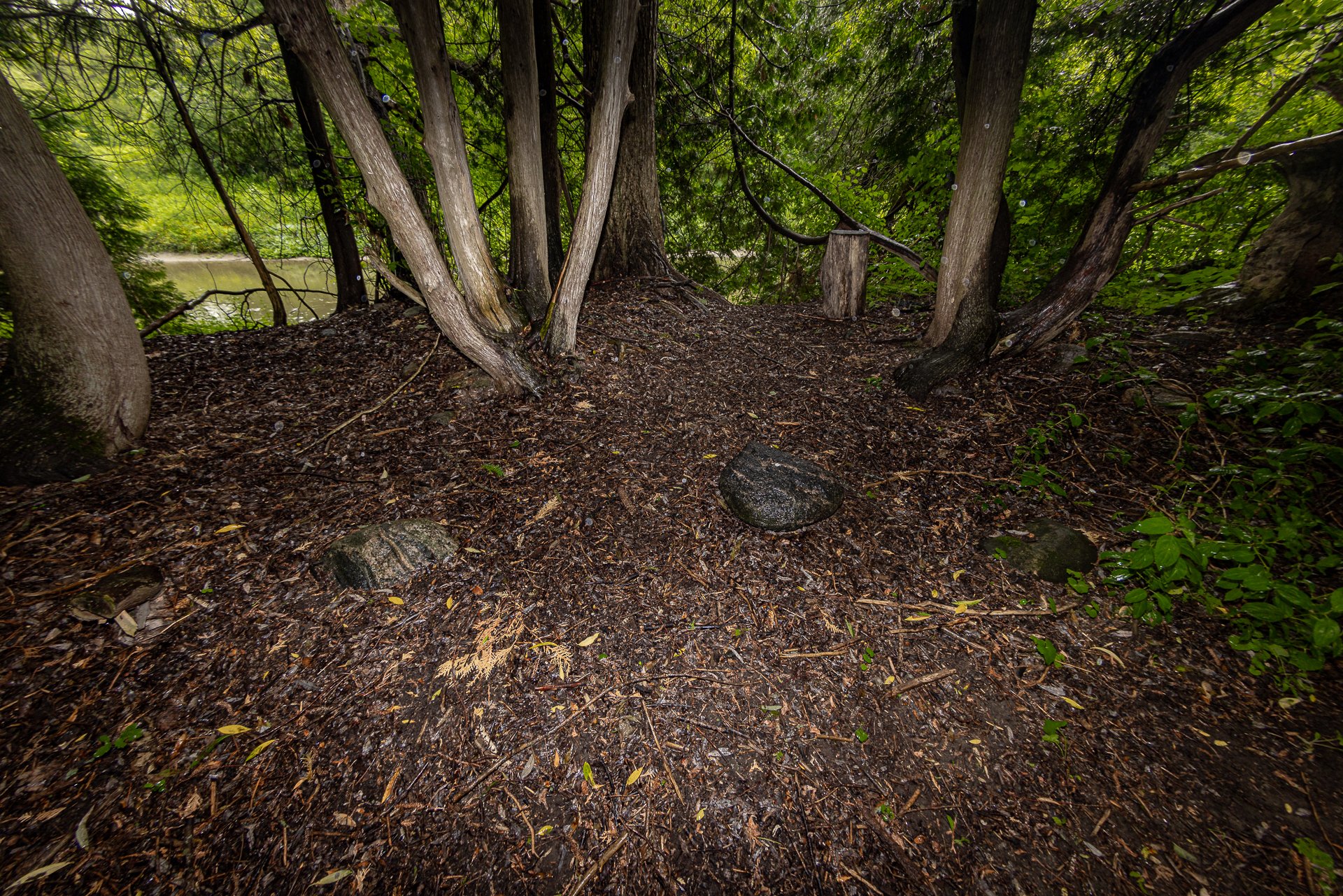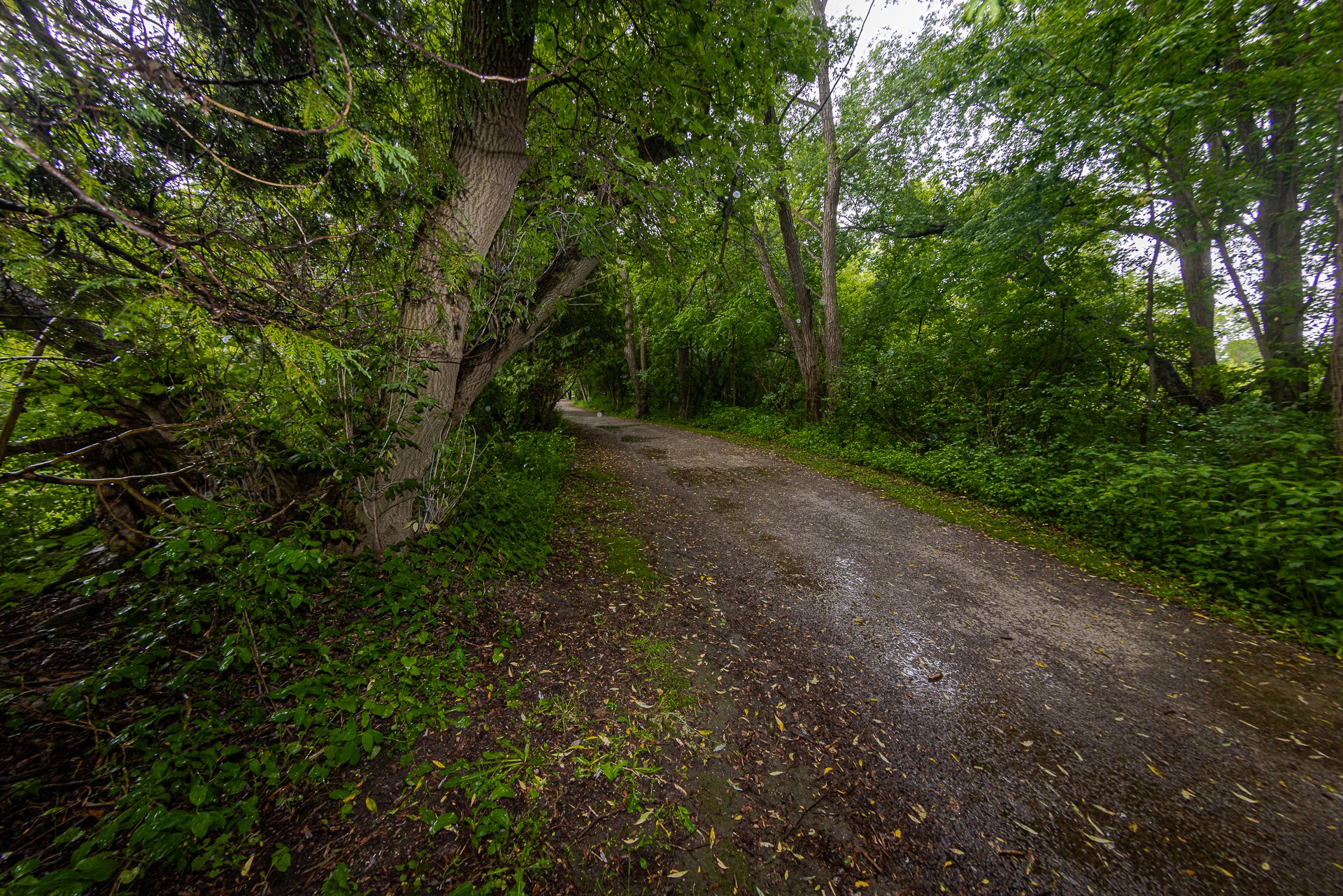Why Consider a Fisheye Lens?
/There really is nothing else that produces the look of a true fisheye lens. However, many photographers have never experienced what one can do with a fisheye, because they are somewhat rare, tend to cost a fair bit and appear to be of limited use. Let’s explore those ideas.
Fisheye Types
There are two basic types of fisheye lenses. The most common and widely known is the circular fisheye. It is called this because the resulting image is round and never fills the frame without substantial cropping. Some photographers have avoided this type of fisheye, particularly if they came from the film world because of the aggressive crop required for a traditional, whatever that means, layout.
The second type of fisheye is called a rectilinear fisheye. The name is not immediately clear, so let’s call it the full frame fisheye to keep things simple. When you make an image, it fills the frame. You may still choose to crop, but that is a personal decision.
Everything is Bent
This is a common misconception of fisheye lenses. The bending effect is greatest towards the edges, however the centre vertical and the centre horizontal lines are straight in quality fisheyes. While we often follow guides like the rule of thirds, placing the horizon on the horizontal centre line, keeps it straight and the world bends around it. The same can be said for a vertical subject on the vertical centre line. The fisheye is one kind of lens where the guideline that “dead centre is deadly” does not necessarily apply.
Angle of View
In the classical fisheye concept, the angle of view of the fisheye lens is 180 degrees. However, there are classic, rare and monumentally expensive like the old and massive Nikon Nikkor 6mm fisheye that had an angle of view of 220 degrees. It could actually “see” behind itself. You do need to check the specifications for the fisheye that you are considering to determine the angle of view. For example, my Canon 8mm - 15mm fisheye zoom has a diagonal angle of view of 180 degrees but delivers a rectilinear image (fills the frame) whereas the all manual Laowa 4mm delivers 210 degrees of angle of view.
Autofocus or Manual
As anyone with an understanding of depth of field can tell you, fisheye lenses while available as autofocus, do not need to be. At f/4 (wide open) the depth of field on my fisheye at 8mm is everything from 0.34 meters to infinity. No need to fuss around here. Moreover, you can save a ton of money by going all manual, including the setting of the aperture. Consider that the Laowa 4mm sells for about $200 USD while the Canon 8-15 zoom fisheye sells for about $1250 USD. I’ll be straight that my purchase of the Canon lens was a mistake. I could have purchased an excellent manual fisheye lens for substantially less and gotten as good results with it. Nikon also has an 8-15 fisheye for the same money as the Canon, and while also excellent, I’m still not recommending it. You can get 12mm rectilinear fisheyes from Rokinon for different full frame cameras for under $350, or an 8mm for crop sensors for under $200.
Other Fisheye Options
Let me be blunt here. These options exist and they also suck. Olympus has a fisheye body cap. There are also adapters that screw onto your existing lens to turn it into a fisheye. I’ve briefly tested lots of options, and my opinion is set fire to your money as it will likely be of greater satisfaction.
Smartphones
There are various fisheye attachments for smartphone use. The only one that I have personally tried is the Moment product and its quite decent, but does require a Moment lens mount kit for your smartphone. The Kenko option is a about $30 and literally clips over the lens on your smartphone camera. I’ve never tried one and so have no opinion to offer.
Example Images
All the images in this gallery were shot with the Canon R5, using the Canon 8-15 f/4 L lens. All have had basic processing in Lightroom Classic. No AI was used at any time.






In Summary
A fisheye is unlikely to be your every day lens, but they are far less limiting than some would have you believe. If you like the idea, consider renting one for a week or so to determine if you like it. Despite the tons of post processing foo foo dust, there is nothing like getting it right in camera.
If you shop at B&H Photo Video, please do so through the link on the main page. It costs you nothing and pays me a small commission which is helpful. Thanks for being part of the Photo Video Guy and until next time, peace.









